- About us
- Support the Gallery
- Venue hire
- Publications
- Research library
- Organisation chart
- Employment
- Contact us
- Make a booking
- Onsite programs
- Online programs
- School visit information
- Learning resources
- Little Darlings
- Professional learning
John Perceval AO (1923-2000), artist, was associated early on with the Angry Penguins, a group of rebellious, largely self-taught Australian artists including Sidney Nolan, Arthur Boyd and Albert Tucker. The group took its name from the Adelaide-based journal of the same name, edited by Max Harris. By the time the journal drowned in the wash of the Ern Malley hoax in 1946, Perceval had moved on to Victoria, where he potted and sculpted with the Boyd family. With Boyd, Pugh, Brack and others, Perceval signed the ‘Antipodean Manifesto’ of 1959, decrying the ‘bland and pretentious mysteries’ of abstract expressionism, geometric abstraction and related genres. In 1965 he took up the first Creative Arts Fellowship at the Australian National University; during this time, he was first hospitalised for alcohol-related illness. In 1974, he moved into Larundel psychiatric hospital in Melbourne. He was there for five years, but after a spell in a half-way house, he was able to exhibit some works, and a large retrospective of his art was held at Heide. In the mid-1980s, when he was living in a hostel, Clifton Pugh and other old ‘comrades of the canvas’ would take him out painting, paying for his materials and models. In March 1986 a show of forty-eight of Perceval’s small drawings sold out at the opening, and by 1988 he was able to show some new work in Melbourne while thirteen of his paintings from the 1940s were included in an Angry Penguins show at the Tate, London.
Collection: National Portrait Gallery
Gift of the artist 2005
Donated through the Australian Government's Cultural Gifts Program
© Rick Amor/Copyright Agency, 2024
Rick Amor (21 portraits)



On one level The Companion talks about the most famous and frontline Australians, but on another it tells us about ourselves.
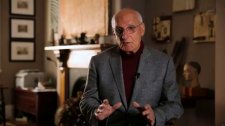
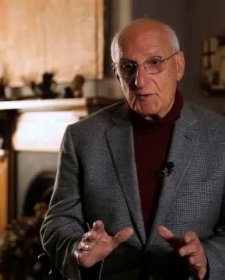
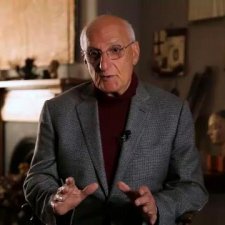
Australian author David Malouf discusses the creation of his portrait by artist Rick Amor.
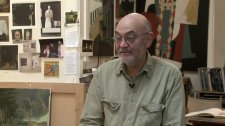
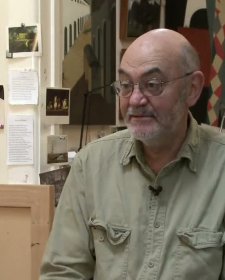
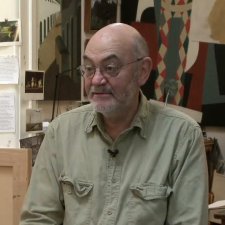
Artist Rick Amor and author Shane Maloney relate divergent experiences of the creation of Shane's portrait.